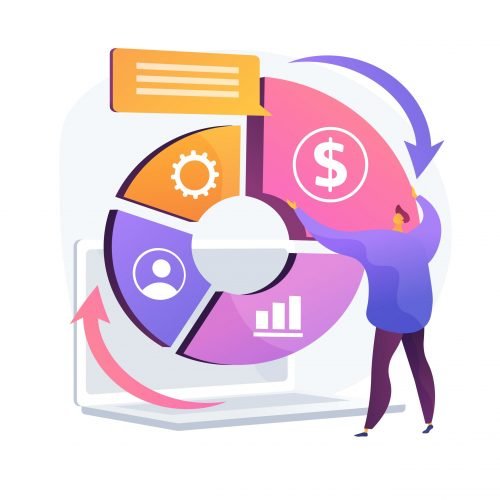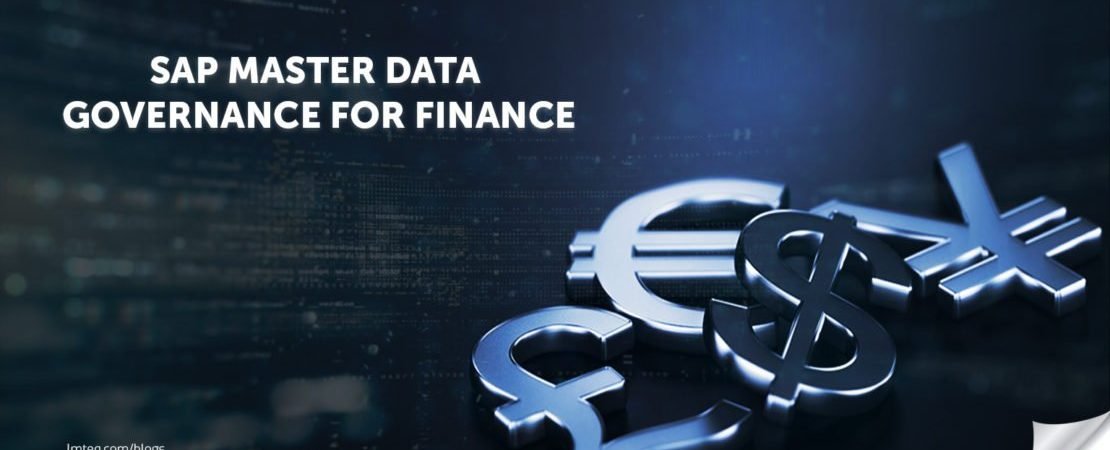Financial organizations face challenges with respect to data standards and policies, manual data management, increasingly complex regulations, lack of transparency in audit trails and an inability to manage time-independent data provisioning. All of these impact operational efficiency, regulatory compliance, planning and analysis in the organization and disruption in business processes.
SAP Master Data Governance Finance (MDG F SAP) addresses all these issues. SAP Master Data Governance Finance primarily facilitates consistent data governance for financials across the entire organization. Moreover, it provides accurate reconciliation and timely group closing. Further, a single version of master data ensures high quality, reliability and consistency. Above all, a collaborative maintenance and traceability of changes for compliance requirements keeps the system in check.
MDG-F SAP has a single data model of entity types.
These entity types can be broadly grouped into 3 areas:
1. Accounting
All the entity types in this area relate to common SAP ECC objects. For instance, the Chart of accounts entity type reflects the so called “A-segment” of SAP ECC Account. In other words, it is the accounts dependent data of an account. An account’s company code dependent data is depicted by entity type “G/L account in company code” therefore reflects the so called “B-segment “of the SAP ECC account.
The “Company” entity type, as its name suggests reflects the SAP ECC Company. Finally, the “FRS Item” reflects the SAP ECC financial reporting structure items. Here, it would be good to note that the financial reporting structure enables the creation of a hierarchy. One can assign accounts to this hierarchy.
2. Controlling
All the entity types in this area relate to common SAP ECC objects. For instance, the Cost centre is a reflection of the SAP ECC Cost centre. For the SAP ECC Cost centre group hierarchy, we have SAP MDG F entity types Cost Centre Group and Cost Centre Group Hierarchy which together are required to build the full hierarchy. Cost Centre Group Hierarchy is the root node of the hierarchy while the Cost Centers are added as leaves. The Cost Element Entity is a reflection of the SAP ECC Cost Element; the difference being that in SAP MDG F, Cost Element does not differentiate between dependent data of the common and controlling areas. Cost Element Group and Hierarchy entities are required to build the full hierarchy.
Here, Cost Elements are added to the Cost Element Group Hierarchy root node. Profit Centre, as its name suggests is a reflection of the SAP ECC profit center. Again, Profit Center group and Hierarchy entities are used to build the full hierarchy with the root node and leaves. Finally, Internal Order Entity Type of SAP MDG F is a reflection of SAP ECC Internal Order.
3. Consolidation
Entity types of this area relate to the SAP solution for business consolidation services of strategic enterprise management. “Consolidation Characteristic” defines the consolidation groups and elements. The SAP MDG F entity type relates to a company or a profit center.
Likewise, “Consolidation Unit” defines the consolidation unit of an element. Depending on the consolidation characteristics used, either company or profit center specific data is maintained. Consolidation group and hierarchy are used to build hierarchy with a root node and groups are added as leaves. In this SAP MDG Finance data model SAP Items entity is used for the maintenance of group accounts.
User Interface
The user interfaces for SAP MDG F are based on ABAP Web Dynpro. They are built using the specific business object layer / generic integration layer technology of the floor plan manager.
Listed below are some of the advantages of the same:
- Loose coupling of the user interfaces to the MDG specific processes
- Higher flexibility for the creation of the user interfaces. The fields to be displayed are split into smaller user interface building blocks.
- Object-specific user interfaces to create a universal look and feel can be created.
- SAP MDG F generated tables, structures and fields can be reused during the user interface creation.

Roles, landing pages and work centers
Work centers and roles are used within SAP MDG F to create the so called landing pages. A landing page is a single point of entry for the end user to the MDG F specific user interface. Work centers can be thought of as a group of different MDG F entity types clubbed into a single menu role. Additionally each role uses the common MDG component such as data replication, change request, editions etc. There are three standard work center menu roles according to the SAP MDG Finance data model. They are:
- SAP_MDGF_ACC_MENU_04 reflecting all accounting entity types
- SAP_MDGF_CTR_MENU_04 reflecting all controlling entity types
- SAP_MDGF_CO_MENU_04 reflecting all consolidation entity types

